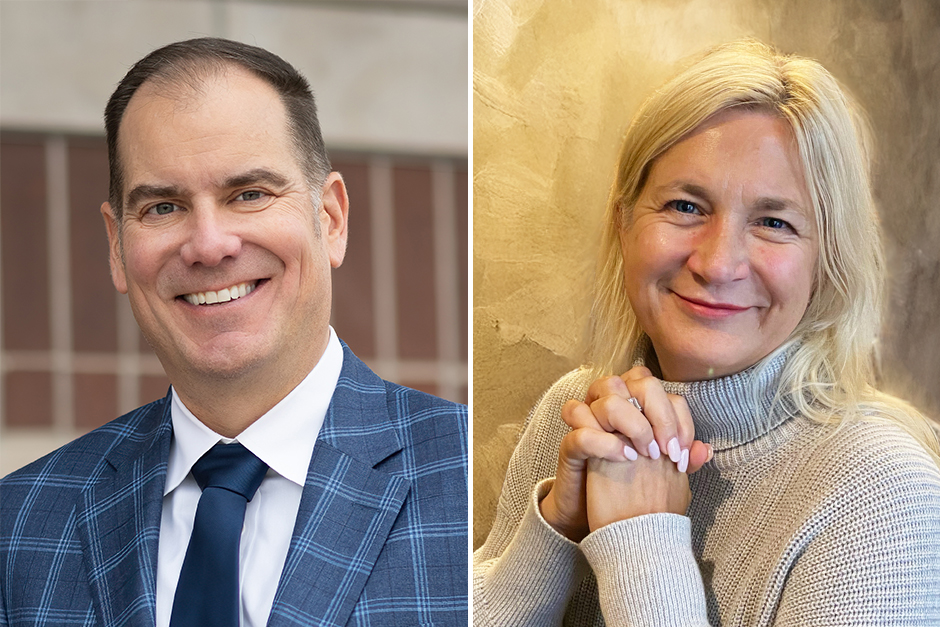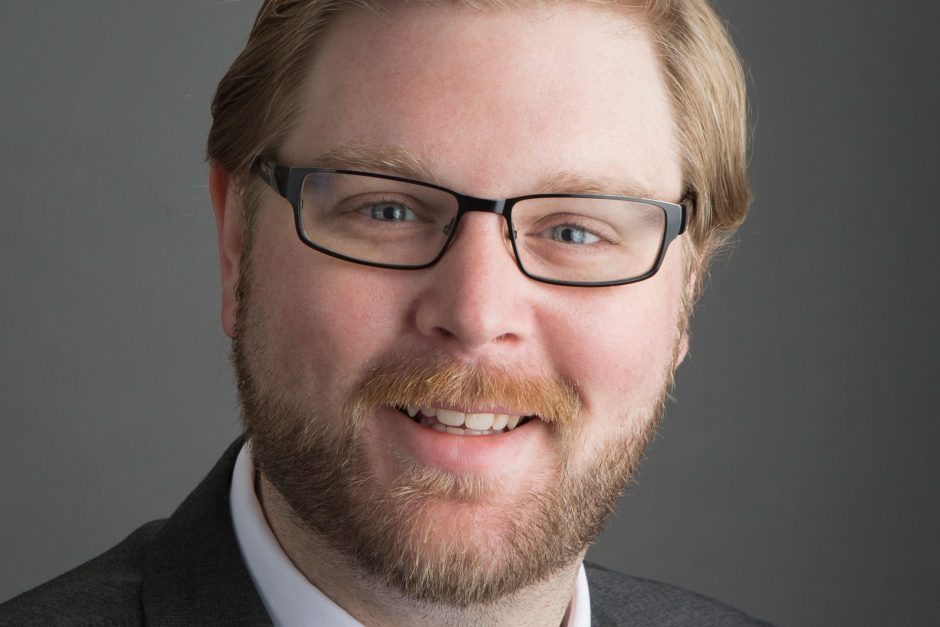Addison Ault, 1933–2023
Professor Emeritus of Chemistry Addison Ault, who shares with one other professor the longest teaching tenure at Cornell College, died Sept. 27, 2023, in Cedar Rapids, Iowa. A legendary teacher, researcher, and author, he taught organic chemistry at Cornell for 50 years, from 1962–2012. He was 90 years old at his death.
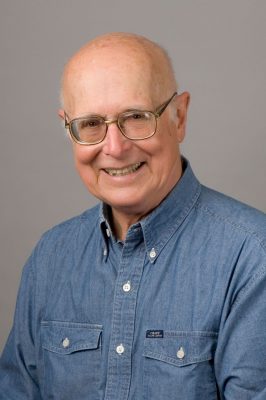
An open house Memorial Gathering was held on Saturday, Nov. 11, from 1-4 p.m. in Smith Dining Room, Thomas Commons, with formal remarks and numerous former students from the 1960s to the 2000s sharing their memories.
Ault mentored scores of future scientists, chemists, physicians, and researchers, many of whom returned to honor him at his retirement. Chaplain Emeritus Catherine Quehl-Engel ’89 spoke at that event, aptly describing him as a Cornellian with “rigorous academic standards, meshed with extravagant compassion and care for the whole student.”
A true student of the liberal arts, Ault took up the cello in later life and performed with chamber groups and orchestras.
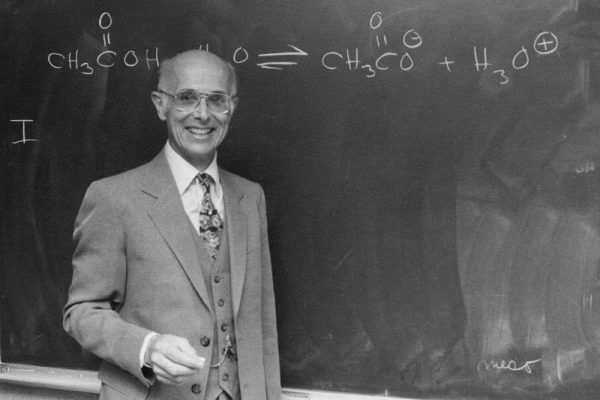
“It’s good for me to do something that’s hard for me to do, that I’m a beginner at,” he once said of playing the cello. “It reminds me of how my students in organic chemistry must feel.”
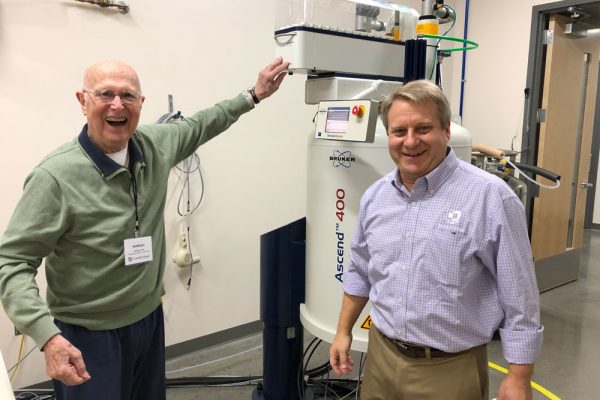
In nominating him for an award after his retirement, the chemistry department wrote of Ault: “His great intellect, Harvard training, NIH fellowship, and experience in a national lab would have allowed Addison to spend his career almost anywhere. He chose to pursue excellence at an institution that specializes in undergraduate education. He chose to pursue the quality of a small residential college over the quantity of a larger institution. In that time, he has demonstrated his commitment and made major contributions to the field of chemical education, the American Chemical Society, and our institution.”
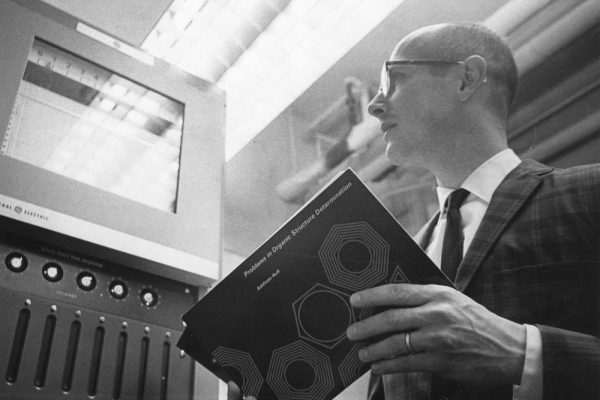
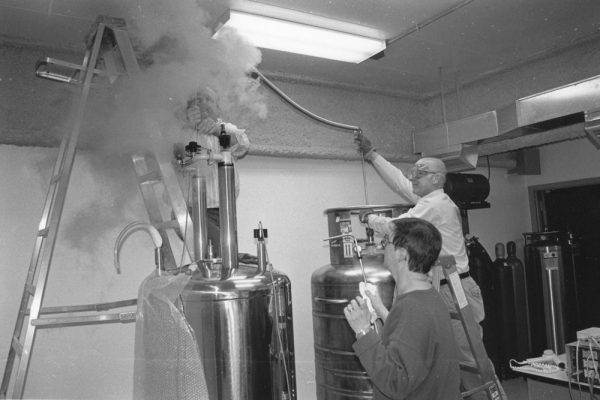
One of Ault’s lab experiments became legendary. His photochromic compound experiment was novel when it was introduced in the 1970s because students could change the color of the crystals. Then a Cornell student developed a single large crystal during the experiment, which shocked even Ault. He wrote about it in the Journal of Chemical Education and lectured about it at universities including Harvard, where he taught summer school. Cornell’s chemistry department continues to use the experiment and its hall of fame for students who achieved the single large crystal has grown to 29.
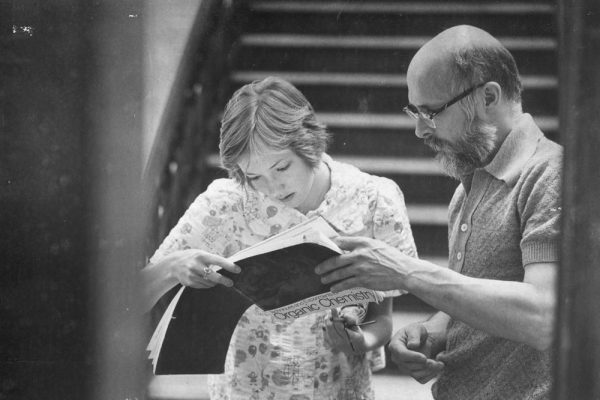
Ault spent four years gaining funding and another year researching and shopping for the nuclear magnetic resonance spectrometer (NMR) that arrived on campus in 1994, replacing the one purchased in 1969 after he first arrived. Ault had been a graduate student at Harvard when it installed the country’s first NMR in 1959. Among his over 50 publications—including five books—he published two books related to the NMR.
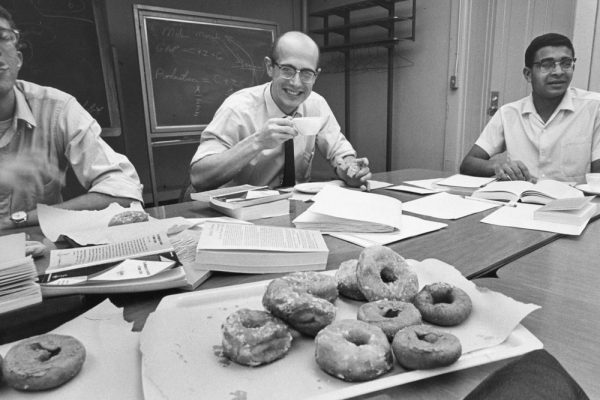
Ault’s record 50-year tenure is shared with one other person, Professor Emeritus of Philosophy Paul Gray.
The full obituary from the family follows.
Memorial gifts may be directed to the Deskin-Ault-Jordan Chemistry Student Engagement Fund at Cornell. Ault himself was instrumental in raising money for the endowment, building off of the close relationships he developed with countless students over the years. Donations may be made online or by calling 877.683.7666.
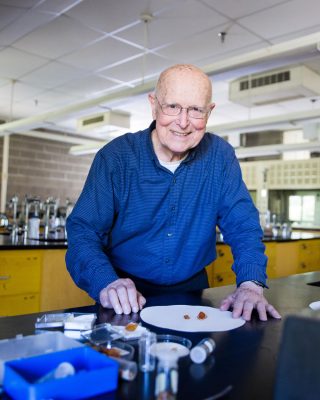
Addison Ault, 90, formerly of Mount Vernon, Iowa, died Sept. 27, 2023, at Meth-Wick Community in Cedar Rapids after a long decline with vascular dementia. He was born July 3, 1933, in Boston, Massachusetts, to Warren Ortman and Myrtle Lavinia (Wilcock) Ault. A sister, Mary, was born two years later. His father, an American Rhodes Scholar from 1907–1910, earned a PhD at Yale and became the founding member of the History Department at Boston University. His mother earned undergraduate and graduate degrees at Boston University in English and Geology while supporting herself as a professional stenographer.
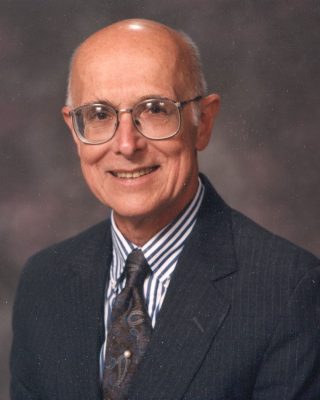
After graduating from Newton (now Newton North) High School Dr. Ault earned degrees in chemistry from Amherst College (B.A. 1955) and Harvard University (Ph.D. 1959). At Harvard he worked in the laboratory of Peter Yates, determining the structure of mangostin, a yellow crystalline organic compound isolated from the bark of the mangosteen tree. In his sole foray into industry, Dr. Ault spent the summer of 1956 in Bartlesville, Oklahoma, participating in research at the Phillips Petroleum Company. While there he met Janet Ruth Meade, daughter of a Phillips engineer. Among their dates that summer was a trip to see the movie musical “Oklahoma,” which had premiered in New York City the previous autumn and was now playing in Tulsa. They were married on Aug. 23, 1958.
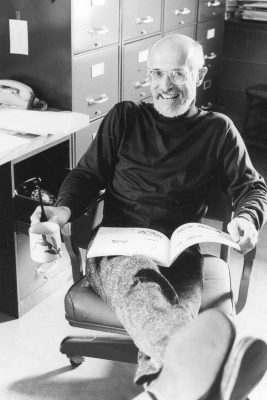
Dr. Ault completed his doctoral work at Harvard in August of 1959 and in September took up a two-year teaching position at Grinnell College. In 1961 he moved to Chicago where he spent a year at the Argonne National Laboratory as a faculty representative for the Associated Colleges of the Midwest. He did research on the hydrogen isotope effect in the chromic acid oxidation of alcohols and also taught physical chemistry to two students in the program. As he later recalled, “Apparently I did not ruin their lives as each was accepted for graduate work at Harvard.” Both students went on to distinguished careers and one, Tom Steitz, shared the 2009 Nobel Prize in Chemistry.
During his year at Argonne Dr. Ault played bridge often with students and visiting faculty, one of whom, Dr. William Deskin, was chair of the chemistry department at Cornell College. At year’s end Dr. Ault had offers for two teaching positions and accepted the one at Cornell because, as he said in later years, “Bill Deskin was, well, Bill Deskin.” Four years later Dr. Truman Jordan joined the department, and for the next twenty-three years these three faculty members formed the core of Cornell’s chemistry department. Dr. Deskin retired in 1989 after 33 years of teaching; Dr. Jordan retired in 2002 after 36 years of teaching; and Dr. Ault retired in 2012 after 50 years of teaching.
At Cornell Dr. Ault taught organic chemistry, including lab courses at introductory and advanced levels. He was not entirely happy with the lab manuals available at the time, many of which contained too many experiments that either didn’t work well enough or weren’t very interesting. Could he perhaps do better himself? In 1968–69, Dr. Ault spent the academic year on sabbatical at the Pennsylvania State University. “I had prepared quite a list of things that I proposed to do at Penn State,” he said later. “By November I had run through the list. So I thought, ‘Maybe this is the time to write the lab manual.’” The resulting volume, “Techniques and Experiments for Organic Chemistry,” went through six editions in Dr. Ault’s lifetime and is now in revision for a seventh edition by a team of chemists from both Cornell College and Seton Hall University.
The lab manual included experiments refined through many iterations by Dr. Ault’s own students. Among the most popular of these was the synthesis of 2-(2,4-Dinitrobenzyl)pyridine, a sandy-colored crystalline substance which upon exposure to sunlight turns a deep blue. In the dark it turns back to a sandy color. It will repeat this transformation forever, apparently. A generation of Dr. Ault’s students had been producing little piles of small crystals of this entertaining substance when in 1996 sophomore Heather Parham ’98 isolated her product as a single crystal weighing over 800 milligrams (more than a 4-carat diamond). Dr. Ault was so astounded that he wrote up the result for the Journal of Chemical Education. And then it happened again, and again. In the ensuing years over two dozen patient, careful, and lucky students have joined the single crystal hall of fame, and the experiment itself, which is still taught at Cornell, has attained enough notoriety that sometimes students who are not taking the class (and even staff members) ask to do the lab.
An interest sparked during Dr. Ault’s year at Argonne was nuclear magnetic resonance (NMR) spectroscopy, a then-new technology being developed for use in organic chemistry structure determination. In the early 1970s Dr. Ault wrote a National Science Foundation grant that allowed Cornell to acquire an NMR spectrometer at a time when few academic institutions of its size possessed one. This instrument and its successors have been used since then by Cornell faculty and students for both classroom instruction and research, and Dr. Ault contributed two books to the then-nascent NMR literature: “NMR: An Introduction to Proton Nuclear Magnetic Resonance Spectroscopy” (with Gerald O. Dudek, 1976) and “A Handy and Systematic Catalog of NMR Spectra” (1980).
During his 50-year tenure at Cornell Dr. Ault built relationships with countless students, many of whom remained engaged long after graduation with him, the department, and the institution as a whole. Dr. Ault took pleasure and pride in his role in building an endowment fund to honor the career of Dr. Deskin upon his retirement, both for the opportunity that this gave him to renew relationships with chemistry alumni and for the steady support that this fund has since provided for student research and conference attendance. More recently, among the donors to the Russell Science Center, which was dedicated in the fall of 2019, were several alumni who had been students in the very first organic chemistry class Dr. Ault taught at Cornell in the fall of 1962, including lead donor Dr. Jean Russell ’65.
In addition to his teaching during the academic year at Cornell, Dr. Ault taught many summers at other institutions including Dartmouth College, the University of Wisconsin at Madison, and Harvard University. A lover of classical music all of his life, he learned to play the cello in middle age and for many years participated in orchestras at Cornell and at the Harvard Summer School. His enjoyment of athletics was expressed in the many games of touch football he played with students on the front lawn of the Carnegie Building during the years the chemistry department was housed there, his faithful attendance at the home and away events of the Cornell men’s cross-country team, and his occasional participation on Cornell’s RAGBRAI team.
In addition to Janet Ault ’78, his wife of 65 years, Dr. Ault is survived by their five children: Margaret Peterson, Philadelphia, Pennsylvania; Warren Ault, Chicago, Illinois; Addison David Ault (Xiangwen Dong), Princeton, New Jersey; Peter (Renée) Ault, Mount Vernon, Iowa, and Emily (John) Scully, Winchester, Massachusetts; and ten grandchildren: Mark Peterson, Jordan and Xena Ault, Annika and Benjamin Ault, Jack and Henry Ault, and Katie, Brooke and John (Jr.) Scully. His sister, Dr. Mary Harada (PhD Boston University, 1968), of Durham, New Hampshire, also survives him, as do nephews Jonathan and Matthew Harada and their children.
A memorial service will be held at a later date. Memorial gifts may be directed to the Deskin-Ault-Jordan Chemistry Student Engagement Fund at Cornell College, 600 First St. SW, Mount Vernon, Iowa 52314. Formerly the Deskin Fund, this ongoing endowment fund supports the kind of teaching and research with students that characterized the careers of these three longtime Cornell chemistry faculty members.
Tags: chemistry

